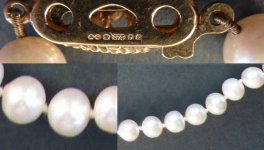Hi everyone,
Thank you for this opportunity to post on your forums. I have a necklace in which I am unsure of if it's natural or cultured. Can any one of the experts on this forum help identify it? I want to send it to a lab but I need to know if it's worth it to do all of that. Please see the images and thanks in advance for any reply!
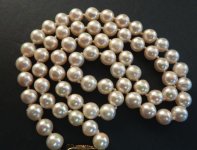
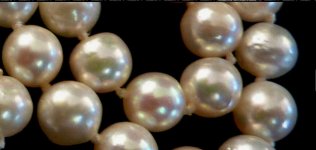
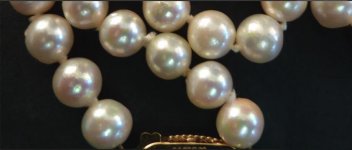
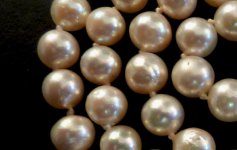
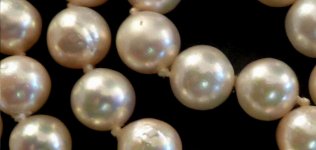
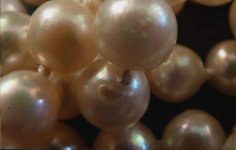
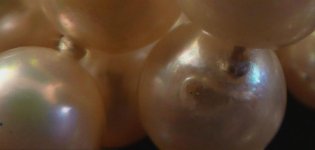
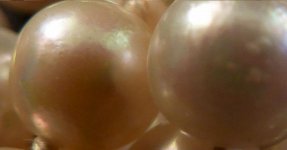
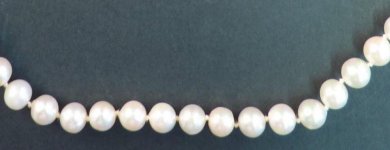
Thank you for this opportunity to post on your forums. I have a necklace in which I am unsure of if it's natural or cultured. Can any one of the experts on this forum help identify it? I want to send it to a lab but I need to know if it's worth it to do all of that. Please see the images and thanks in advance for any reply!










